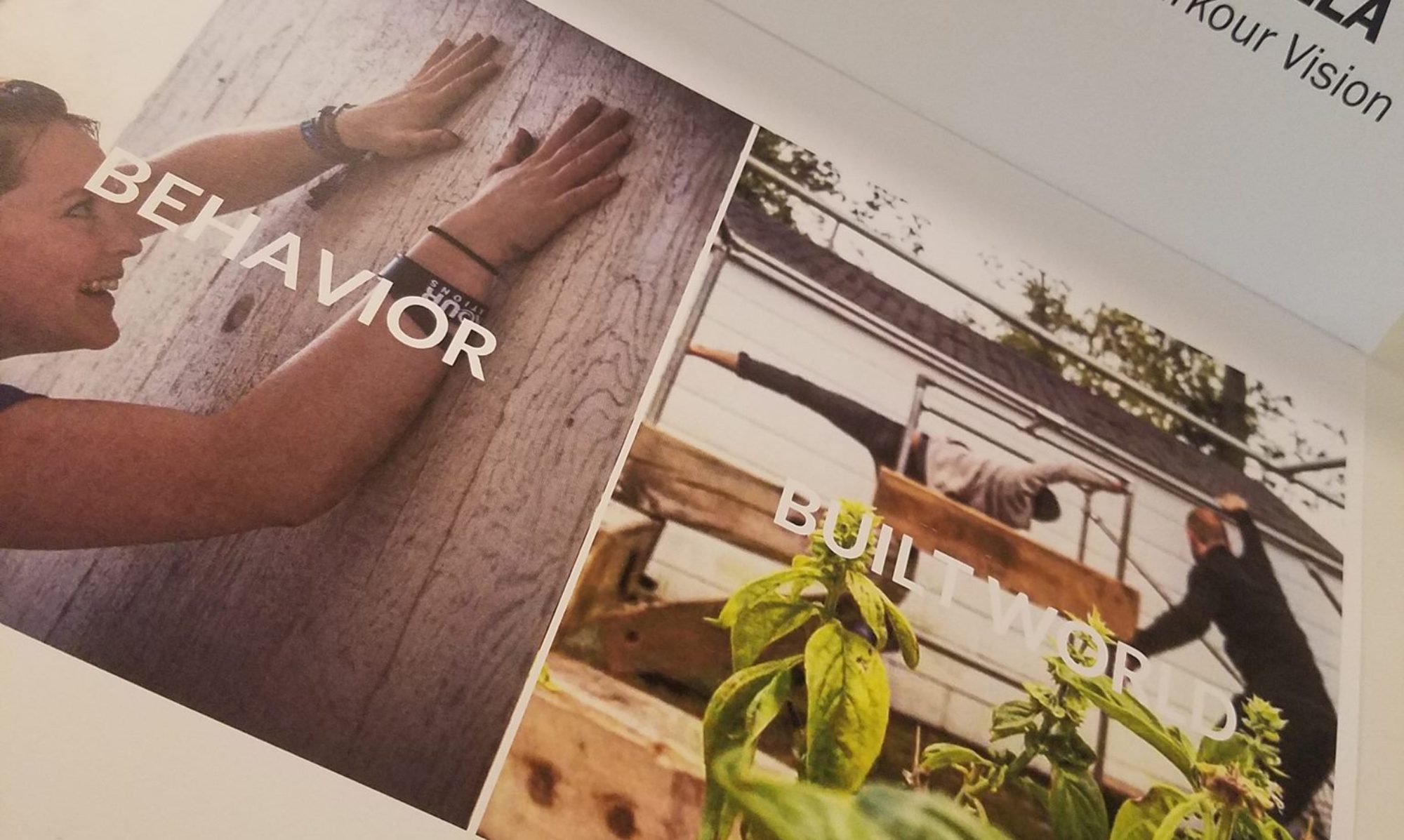This article is a part of the Public Parkour Park Roadmap Series by Caitlin Pontrella
Fundraising is a critical component of any project coming to life, and I’m not just talking about meeting budgeting needs. Successful fundraising campaigns raise awareness and increases community engagement with you, your project, and organization.
One of the most important parts of a fundraising campaign is writing an appeal that drives donors to give to your cause. Here are some tips to help you!

Define Victory
How much are you trying to raise and, more importantly, what does it create? Truly successful fundraising campaigns lay out a clear target and outcome, which builds trust with donors.
Do you need to raise $10,000? $50,000? If you do so, what is created? More classes? An entire school program? A new piece of equipment? Online content? A playground?
When possible, create milestones or dollar-reference points. What would a $50 dollar gift create? A $500 gift? If you hit 50%, what happens? If you don’t hit 100% what happens? Depending on your Victory condition, your approach will vary. But the fact stands:The more you can connect the dots between dollars and outcomes, the stronger your ask will be and the more you will raise.
Additionally, whenever possible, include a timeline. Do you need to raise $10,000 in a month? By X date? In x number of weeks? Deadlines create urgency and also help drive giving.
Edit: Even in times of crisis, be specific. ‘Provides relief to 14 coaches and supports the creation of online content’ — Just remember that if their donations are helping fund something you will be charging for later that you consider giving access to your donors as well.

Tell Your Story
The decision to give is made in an emotional place, not a logical one.
When making an ask, you need to tell your story with emotion… but quickly. Clearly outlay the problem you are currently (and urgently!) facing or the need you are trying to address as an organization. Follow this with the solution you are presenting–your ‘Victory’–which you are asking donors to fund.
If your copy is too long you risk losing your donor. If it is too short you risk failing to inspire them. This work takes practice. 1-2 paragraphs, with your first ask by your 3rd paragraph at the latest.

Keep It Donor-Centered
Make your appeal donor-centered. Use the word “you” whenever possible and limit the use of ‘we’ and ‘us’. At first this seems counter intuitive, but this connects people to their personal, real and meaningful impact.

Be Direct With Your Ask
Many people feel uncomfortable asking for donations. Don’t beat around the bush. or wait until the very end to ask.
Have a very clear call to action and an explicit ask. If you can, ask for a specific amount. One of the biggest reasons people don’t donate is because they’re never directly asked to donate. If you want someone to become a monthly supporter, ask for that. If you need a one time donation of $100, ask for that. The more specific you are, the more confident donors will be that they have helped you solve a problem.

Make It Easy
Every ASK should be linked to a place where donors can donate! Do not send them to your home page, or another web page re-iterating your call to action. Reduce the number of steps to gifting as much as you can.
Finally make sure to ask someone outside your team to test your online donation process, emails, or your telephone approach, to make sure it works.

One Tip for Community Projects
One last tip I have for people embarking on fundraising for community projects is considering offering a Match. A Matching Gift is a donation by an individual or company that matches any donation, usually dollar by dollar. This route is typically restricted to 501(c)3 registered non-profits or fiscally sponsored organizations.
A foundation, non-profit, government, or private company matches any gift to your company or organization up to a certain amount.
A private individual or set of individuals/families matches any gift to your company or organization up to a certain amount. Typically these individuals or families commit to give ahead of the campaign, to inspire others to give, and will gift the full amount even if your goal is not reached. But not always.
If you are an individual, community organization, or informal group trying to get a park built, it would be in your best interest to find a fiscal sponsor to support you in taking tax-deductible donations. Parkour Visions, a 501(c)3 based in Seattle with a mission commitment to supporting the creation and design of spaces for play and parkour, is one such organization open to these types of partnerships!
I will provide a more detailed article on soliciting for Matching funds in another article.

Dont Do This
Please dont.
This article is a part of the Public Parkour Park Roadmap Series by Caitlin Pontrella
